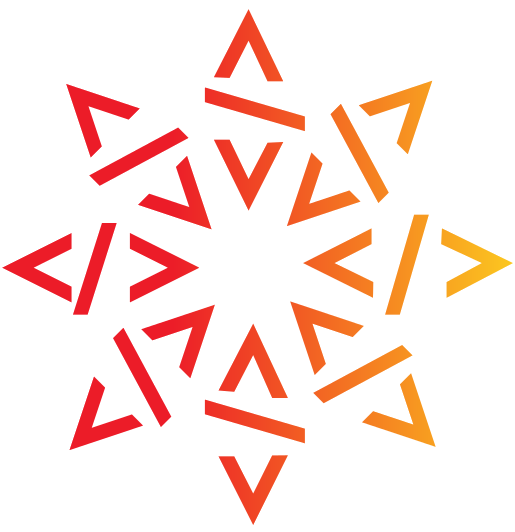Inside Look: France’s National Research Software Catalog

By Sabrina Granger, Open Science Community Manager
How can we provide quick and reliable access to collections that are both difficult to identify and whose location is uncertain? Institutions and software authors already use various channels to make their work visible: dedicated website pages, distribution platforms, etc. However, a software catalog offers a centralized entry point and more tailored features than general search engines.
As part of her work at the «Source Codes and Software» College of the Committee for Open Science, Violaine Louvet is leading the deployment of France’s national research software catalog, whose beta version launched April 14, 2025. The catalog, a key initiative of the French Committee for Open Science, aims to highlight contributions and projects from national institutions, with many software descriptions available in English. It draws on both the HAL archive (Center for Direct Scientific Communication) and Software Heritage. Since 2023, software authors can deposit their source code directly into HAL by simply pasting a SoftWare Heritage persistent IDentifier (SWHID). To streamline the deposit process, the record automatically populates if a Codemeta file is present in the code repository.
Louvet is a research engineer in scientific computing at the French National Centre for Scientific Research (CNRS), currently based at the Jean Kuntzmann Laboratory in Grenoble. Beyond her lab work, she serves as a scientific delegate for computing and data at the CNRS’s National Institute for Mathematical Sciences and their Interactions (INSMI). She also actively contributes to open science initiatives at the Université Grenoble Alpes, whose website provides a comprehensive overview of services for publications, data, and code. Additionally, Louvet has been a Software Heritage ambassador since January 2023.
At a time when generative artificial intelligence is increasingly favored over search engines, what’s the added value of a tool as traditional as a catalog?
There are many advantages to having a catalog of software originating from academic research. This allows scientists to make their software readily accessible in a central hub, enhanced by search capabilities designed for their specific needs. For institutions, it’s a way to assess this activity, quantify it, highlight it, and support a guidance strategy based on indicators.
The catalog also facilitates the emergence of new collaborations, including in a non-academic setting. Integration with HAL and Software Heritage is a central aspect of the catalog.
How do these two complementary infrastructures contribute to the reliability and sustainability of access to software?
The choice to base the catalog on HAL and its link with Software Heritage addresses several issues. Firstly, it aims to be part of the ecosystem of research communities for whom HAL is a known and mastered infrastructure. Referencing one’s software on HAL is equivalent to depositing a publication there. HAL also has the essential advantage of ensuring moderation and therefore guaranteeing a certain quality of metadata, particularly concerning authors and their affiliation.
A key objective is to eliminate redundant data entry. The connection with Software Heritage achieves this by automatically archiving source code and synchronizing relevant metadata updates.
What are the plans to incentivize software authors to share their work through the catalog?
Making this often-overlooked activity and scientific production visible is a motivation in itself. HAL is used for publication extractions during evaluations, so it’s hoped that the choice made will also facilitate the promotion of software developed in laboratories and may have a leverage effect on their referencing.
Finally, the planned functionalities, such as laboratory/researcher/institution views, or links between publications/data/code, facilitating discoverability, will accelerate the adoption of this tool.
Learn more about the research software catalog
- Ask a question, make suggestions: contact-logiciels-catalogue-esr@groupes.renater.fr
- Read the report on the «Source Codes and Software» College from the Committee for Open Science: https://logiciels.catalogue-esr.fr
https://www.ouvrirlascience.fr/vers-un-catalogue-national-des-logiciels-issus-de-la-recherche - How to deposit software in HAL using a SoftWare Hash Identifier: https://www.softwareheritage.org/2023/04/04/swhid-deposit-hal
- This series of tutorials explains step-by-step how to deposit software in HAL: https://youtube.com/playlist?list=PLD2VqrZz2-u3bOWtoCoBIh5Flt6iYXsq3

